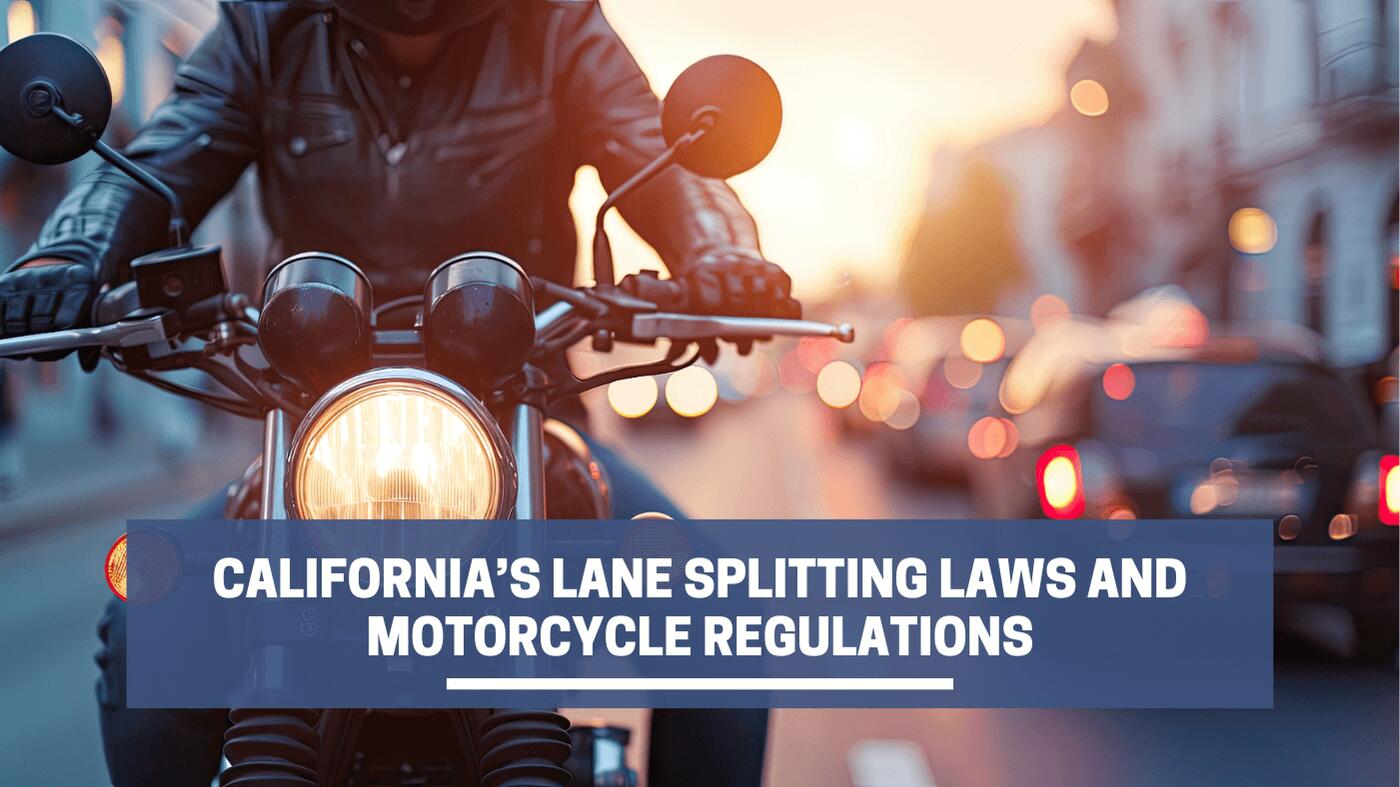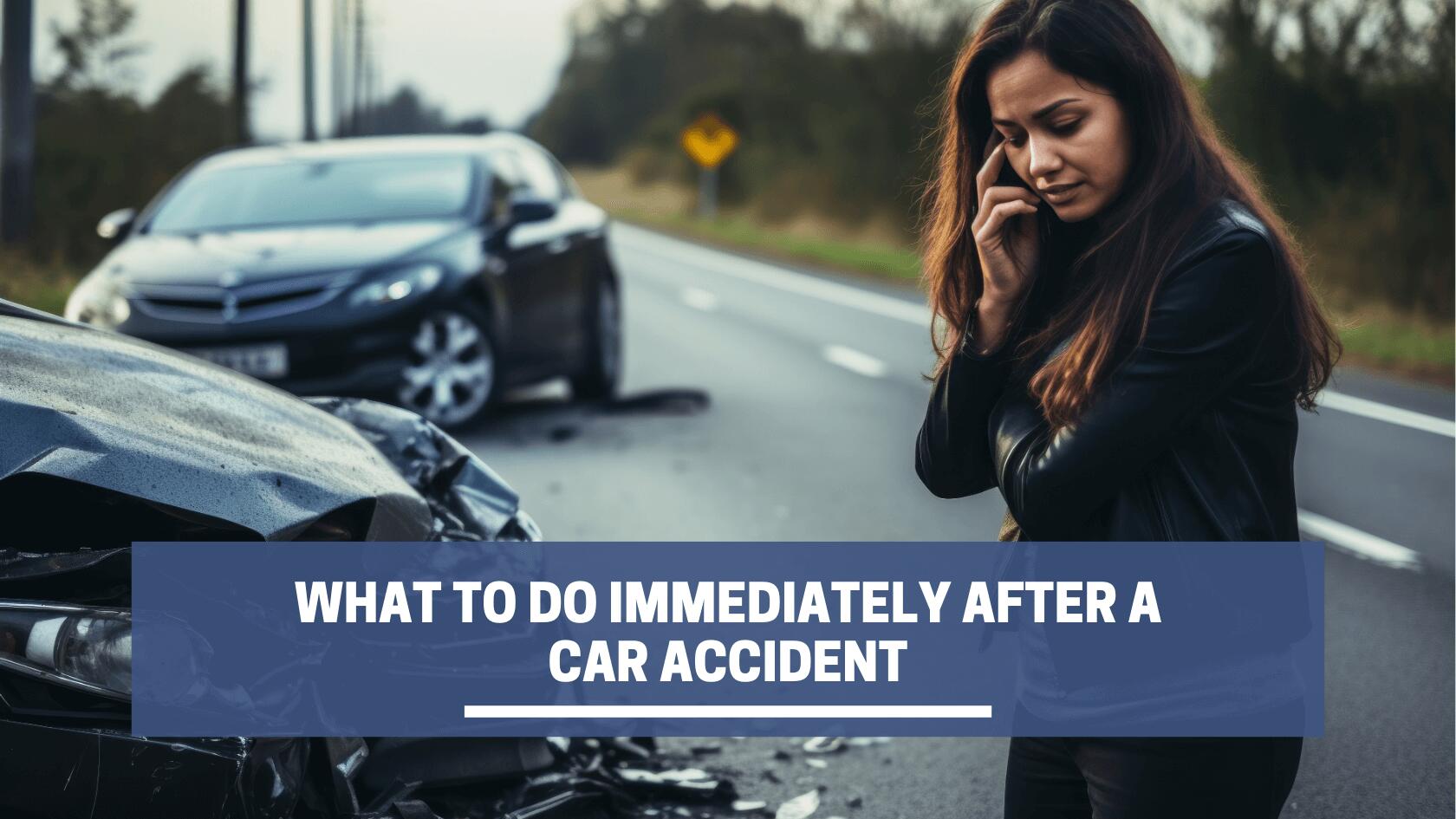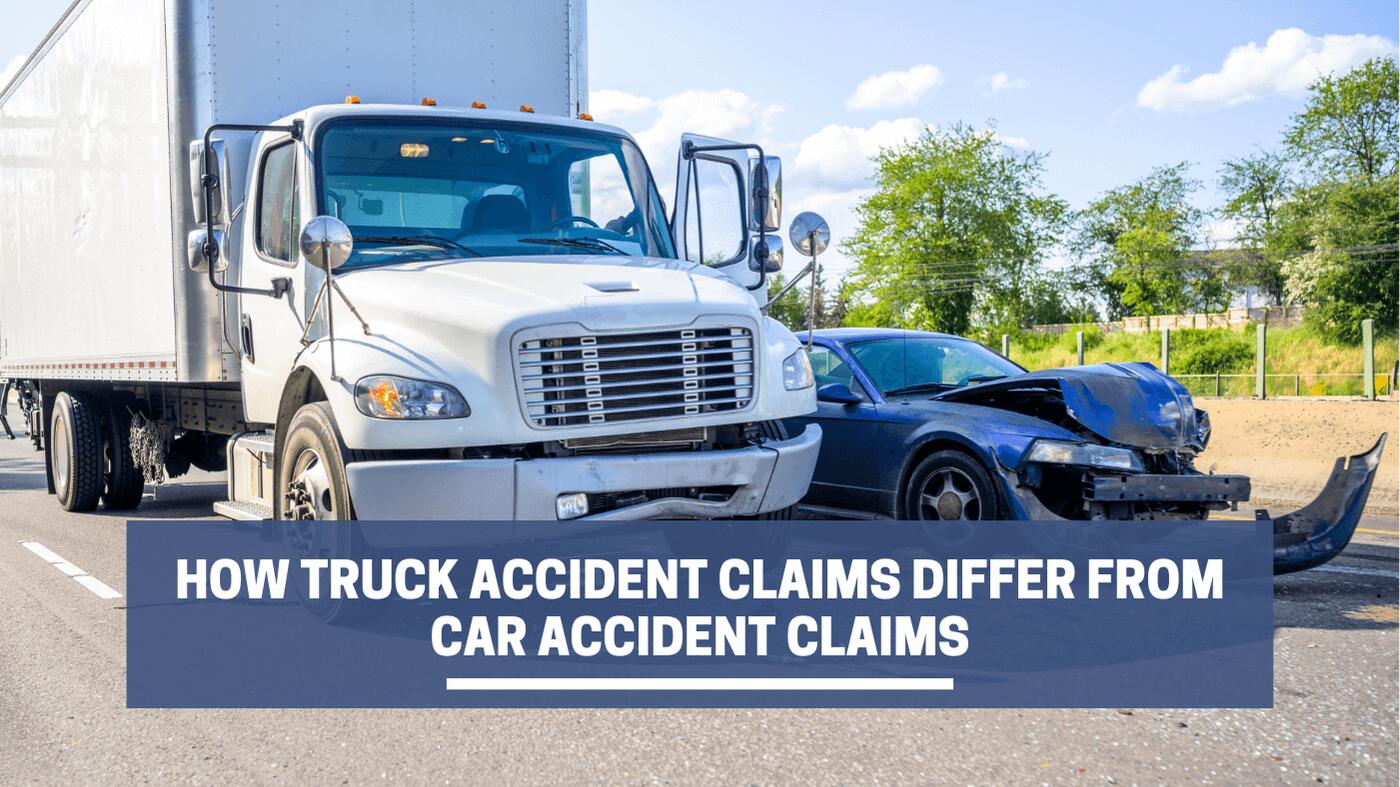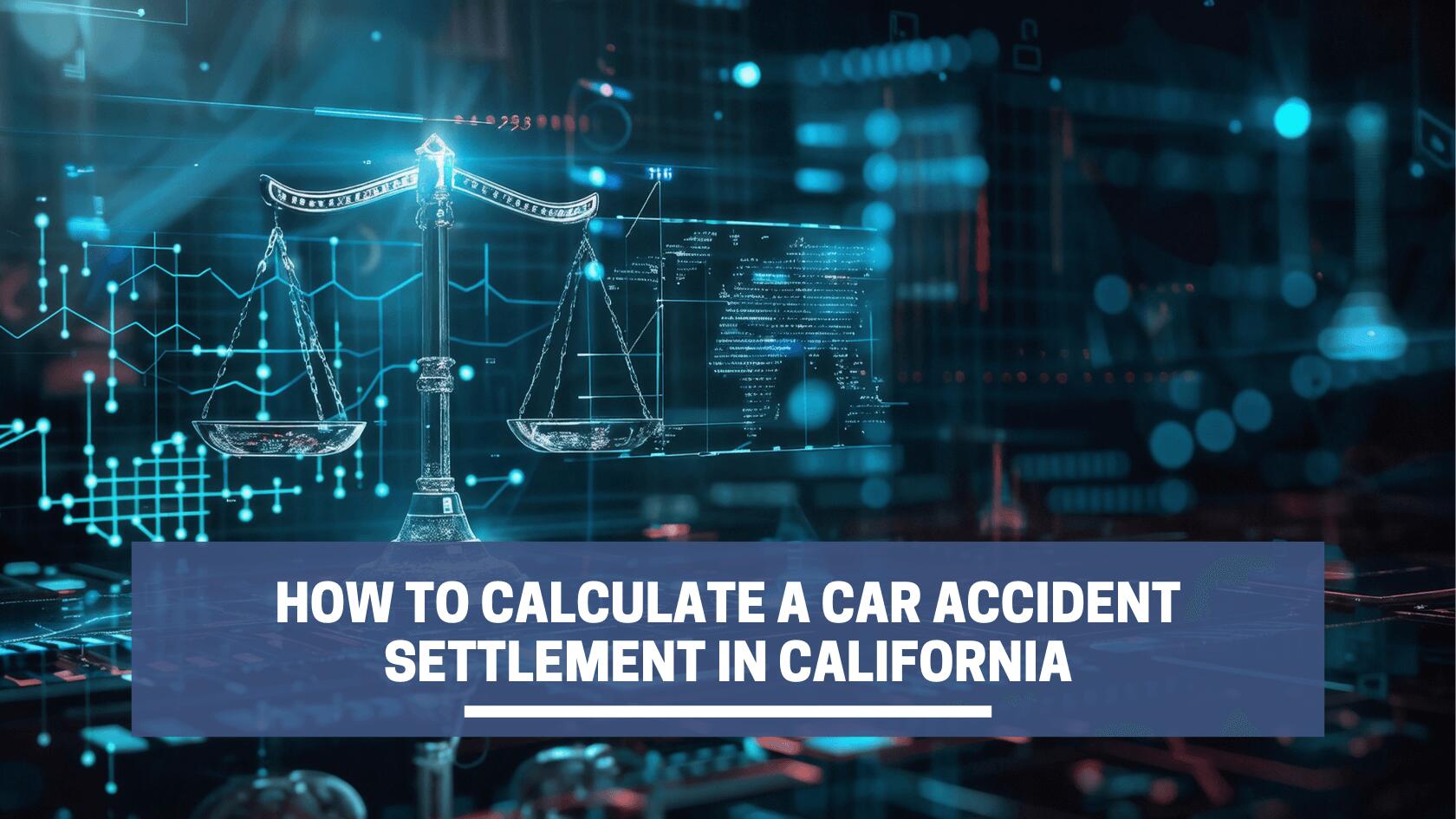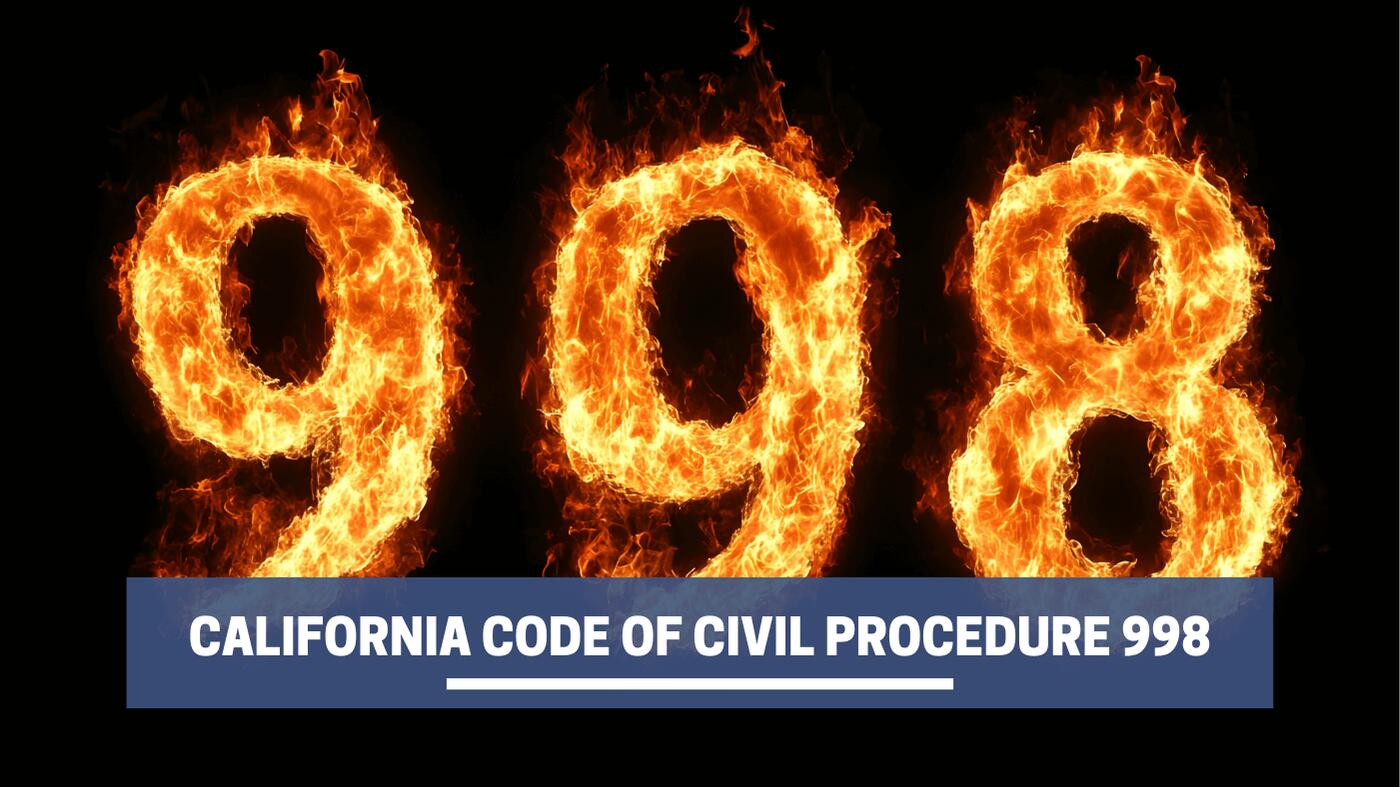Motorcycles are a fun and efficient way to zip through California’s busy roads, but they come with legal and safety concerns—especially when it comes to lane splitting. If you’re a rider, it’s important to understand California’s lane motorcycle lane splitting laws, how long you have to file a claim after an accident, and what to do if you’re involved in a crash.
Knowing these details and working with a qualified abogado de accidente de motocicleta can help protect your rights if you are involved in a crash.
What Is Lane Splitting on a Motorcycle?
Lane splitting, sometimes called “white lining,” refers to a motorcyclist riding between lanes of traffic, typically during periods of heavy congestion. Unlike most other states in the U.S., California has made lane splitting legal. Código de vehículos de California Sección 21658.1 permits lane splitting under specific conditions, giving motorcyclists the option to move through slow or stopped traffic.
The California Highway Patrol advises only experienced motorcyclists should perform this maneuver, and riders should assess lane width, surrounding vehicles, and weather before attempting to split lanes.
Benefits of Lane Splitting
Lane splitting offers several advantages, particularly for motorcyclists moving through slow or stopped traffic. These benefits can improve the flow of traffic and boost rider safety.
- Reduced traffic congestion. When motorcycles move between lanes, it reduces congestion by clearing space in traffic. This creates a smoother flow for all vehicles on the road and minimizes common traffic conditions associated with motorcycle crashes.
- Lower risk of rear-end collisions. Lane splitting allows motorcyclists to avoid being stuck in stop-and-go traffic, where distracted drivers may not notice them. Staying mobile reduces riders’ risk of being rear-ended, a crash type that accounted for 8% of fatal motorcycle crashes en los EE.UU. en 2021.
What Are Drivers’ Rights and Responsibilities Regarding Lane Splitting?
Both drivers and motorcyclists in California have rights and responsibilities regarding lane splitting. Although motorcyclists are legally allowed to split lanes, they must do so carefully, avoiding reckless or unsafe maneuvers.
Passenger vehicle drivers have responsibilities, too. It’s illegal for drivers to intentionally block or impede a motorcyclist in a way that could cause harm. Por ejemplo, a driver cannot:
- Intentionally block a motorcyclist’s path while lane splitting
- Open a vehicle door to obstruct or block a motorcyclist
- Drift into the motorcyclist’s path or make sudden moves that limit their ability to pass safely
If either party violates California’s traffic laws, they can be held liable for the injured party’s damages in a motorcycle accident claim.
Determining Fault in a Lane Splitting Accident
Determining fault can be complicated in a motorcycle injury claim involving lane splitting. Insurance companies typically look at the following to assign fault and award a fair settlement:
- Motorcyclist’s actions. Insurance companies examine whether the motorcyclist was splitting lanes safely or riding recklessly. Speeding or not wearing a helmet can make the motorcyclist partly responsible for the accident and any injuries that occurred.
- Traffic conditions. Lane splitting is generally safer in slow or stopped traffic. A motorcyclist splitting lanes in faster-moving traffic or weaving between vehicles may be considered more at fault for the accident.
- Driver’s actions. Insurers investigate how the vehicle driver behaved during the accident. Blocking the motorcyclist, cutting them off, or opening a door without checking can place responsibility on the driver.
- Road and weather conditions. Insurance adjusters also consider the impact of weather and road conditions on liability for a crash. Speeding in the rain or making unsafe moves in poor visibility can result in shared responsibility between both parties based on how they managed the conditions.
What To Do After a Motorcycle Accident
Knowing what to do if you’re in a motorcycle accident while lane splitting can protect your rights. These steps can strengthen your case and help you get fair compensation:
- Get checked by a doctor. Even if you don’t notice any immediate pain, injuries like whiplash or concussions can take time to show symptoms. Keep detailed records of all medical visits and treatments, as these will be important for your injury claims.
- Gather evidence at the scene. Document the accident by taking pictures of the crash site, road conditions, damage to your motorcycle, and your injuries. Speak with anyone who saw the accident and get their contact information. This evidence can help prove what happened and establish fault.
- Get a copy of the police report. En California, debes report an accident to the police if anyone was injured or if there was more than $1,000 en daños a la propiedad. Solicitar una copia of the police report by filling out Formulario CHP 190 to support insurance and legal claims.
- Habla con un abogado. Motorcycle accidents often come with complicated legal and insurance challenges. UNA abogado bien informado can explain your rights, handle negotiations with insurance companies, and represent you in court if needed.
- Informe el accidente a su compañía de seguros. Contact your insurance provider to report the accident right away. This initiates an investigation into the accident and starts the settlement process. It’s especially important if the other driver doesn’t have insurance, as you may need to file an uninsured motorist’s claim for compensation.
Standard Time Limits for Filing a Claim
Después de una colisión, you’re facing physical recovery along with the stress of managing the aftermath. Healing can take months, but knowing there’s a limited window to file a motorcycle accident lawsuit for compensation is essential. Here’s a breakdown:
- Two years to initiate a lawsuit against a negligent driver or their insurance company
- Two years to bring a claim against a defective product manufacturer
- Six months to file against a government entity
Determining Compensation in a Motorcycle Accident Claim
Motorcycle accident victims in California may be entitled to various types of compensation, depending on the severity of the injuries and the circumstances surrounding the accident.
Compensation can include:
- Gastos médicos. This covers all current and future medical costs related to your injury. It includes emergency room visits, cuentas del hospital, cirugías, medicamentos recetados, rehabilitación, terapia física, and ongoing treatments that may be needed, such as follow-up care or specialized equipment.
- Salarios perdidos. If your injuries prevent you from working, you can recover compensation for the income you’ve lost during your recovery. This includes the time you missed at work and any long-term loss of earning capacity if your injuries affect your ability to perform your job or return to the same line of work.
- Dolor y sufrimiento. These damages compensate you for the physical pain and emotional distress caused by the accident, covering ongoing discomfort, dolor crónico, ansiedad, depresión, and loss of enjoyment of life.
- Daño a la propiedad. This includes reimbursement for repairs to your motorcycle or the cost to replace it if it was totaled in the accident. Property damage can also cover any personal items damaged in the crash, such as protective gear, electronic devices, or other belongings.
- Future medical care and long-term assistance. Your compensation can cover your long-term medical needs, such as ongoing physical therapy, home healthcare, or modifications to your home or vehicle.
- Gastos de funeral y entierro. en un demanda por muerte injusta, the victim’s family can recover the costs associated with the funeral and burial. This compensation can help relieve the financial burden on the family during such a difficult time.
Protect Your Rights After a Motorcycle Accident
Lane splitting may be legal in California, but it also presents unique risks for motorcyclists. Si usted ha estado involucrado en un accidente, understanding your rights and taking legal action is essential to protecting your claim. Un experienced motorcycle accident attorney can guide you through the claims process and help you secure the compensation needed for your recovery.
Preguntas frecuentes
Is lane splitting legal in all parts of California?
Sí, lane splitting is legal throughout California, but motorcyclists should follow CHP guidelines to protect themselves and other drivers.
What should I do if I’m injured in a lane splitting accident?
Seek medical attention immediately, document the accident, y contact a qualified motorcycle accident attorney to help file a compensation claim.
Can I still file a claim if I was partially at fault for the accident?
Sí, usos de california pura negligencia comparativa to decide settlement amounts. This means you can still recover compensation even if you were partially at fault, but your award will be reduced by your portion of liability.
How long can I wait to file a motorcycle accident claim?
You must file your claim within two years of the accident date to file a lawsuit. You have only six months to file your claim if a government entity is involved.







